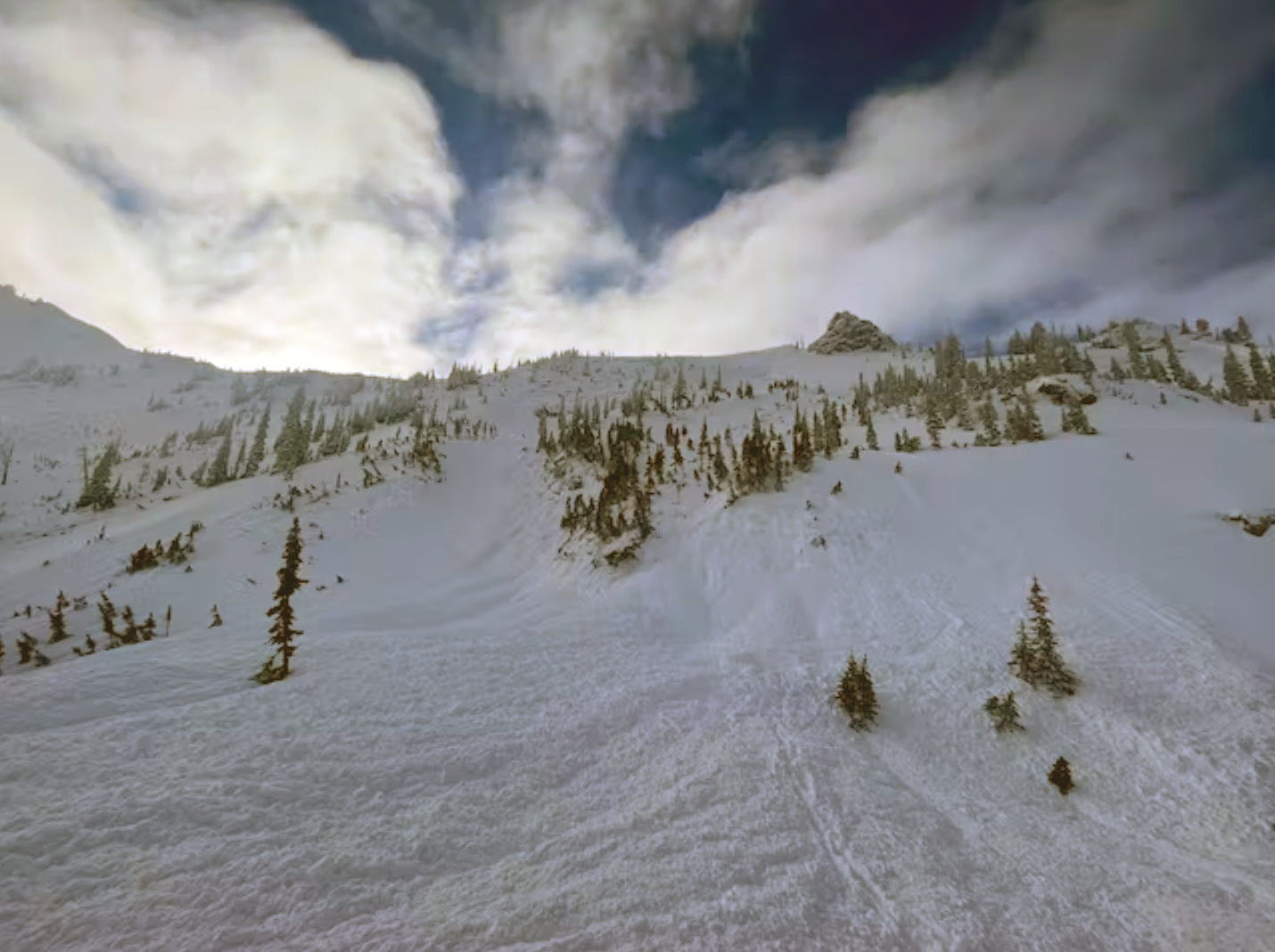Avalanche Canada: Managing a Persistent Slab
Avalanche Canada has advised that a reactive slab has formed throughout the interior creating dangerous avalanche conditions. Following is some expert knowledge from Ryan Buhler, Avalanche Canada’s Forecast Porgram Supervisor, on the persistent slab problem.
How to Manage the Problem?
Managing a persistent slab problem can be difficult. If you’re heading out, making conservative terrain choices and leaving a wider margin for error is essential. Here are some strategies AvCan forecaster Josh Smith uses to manage persistent slabs:
I make more conservative terrain choices and leave myself way more margin for error in my decision making. I reduce the likelihood of triggering the layer of concern by avoiding classic trigger spots in the terrain, such as steep slopes, roll-overs, and spots where the snowpack is shallow or thin to thick.
I reduce the consequences of being wrong by sticking to smaller pieces of terrain that aren’t capable of creating large avalanches. I also avoid slopes with terrain traps such as cliffs, crevasses, and deep depressions where even a small avalanche can have deadly consequences.
I find this easy to do for a few days, but when the problem persists for weeks, I find it takes a lot of discipline to not let my desire to push into bigger terrain get the best of me. However, in my experience, patience pays off when you nail that dream line in perfect conditions.
Remember, some regions may see elevated avalanche danger, while other regions may see lower ratings. However, it’s important to remember that even a moderate danger rating means: “large human-triggered avalanches are possible in isolated areas.” Danger ratings are helpful for getting an overview, but to get the whole picture, you’ve got to dig deeper than the danger rating– this is especially important when dealing with the kind of condition that currently exists.
The only real option at times like this is to scale back and adopt a conservative approach.
Photos from Fernie Orca bowl MIN report.













Comments